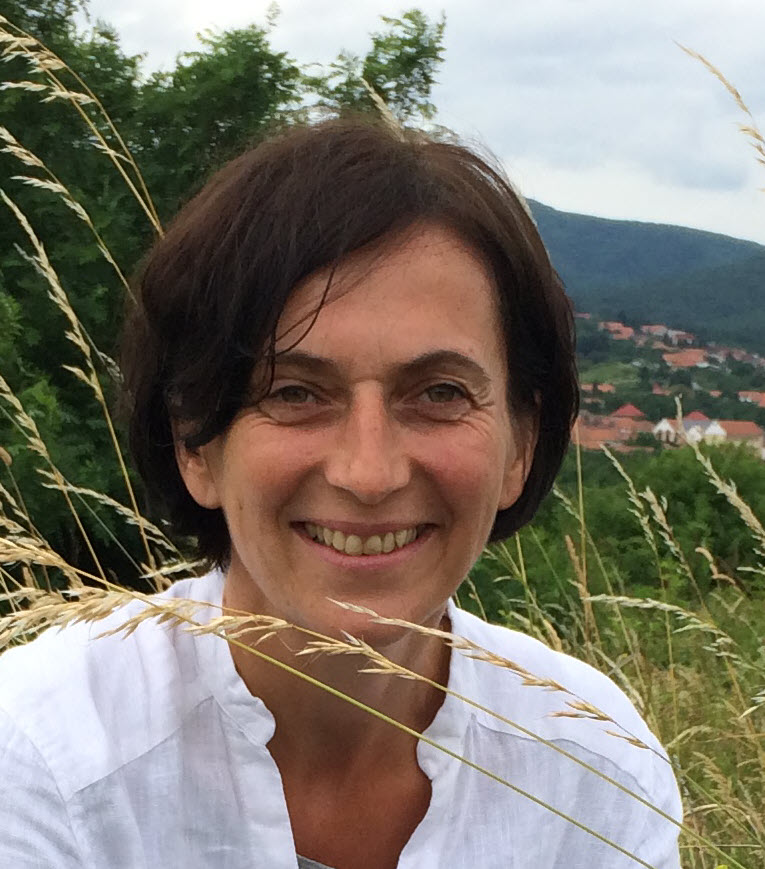Dr. Krisztina Szabó - MATE Research
Overview
Dr. Krisztina Szabó's main focus area as a dendrologist at the MATE Institute of Landscape Architecture, Urban Design, and Garden Art has been teaching plant knowledge and plant application courses. Her main research interests are the plants: evaluation of urban taxa, climatic trees, drought-tolerant tree and herbaceous species, invasive species, and design of thematic thematic areas such as winter gardens, borders. As a qualified tree care engineer, she is also involved in the visual and instrumental inspection and safety risk assessment of trees, which involves many hours spent in nature.
Research keywords:
Publications
Climate Trees
Most relevant publication is available through the following link
Plant Application - Tree Assessments
Living heritage in the urban landscape. Case study of the Budapest world heritage site Andrássy avenue
Allées in landscape architecture and garden art-types, preservation, and renewal of the living heritage of Baroque allées in Hungary
Sustainability
Fenology - Foliage Retention - Ecosystem Services
Most relevant publications are available through the author's Scopus profile
Projects
The role of mycorrhizae in improving the viability of urban trees
In our cities, we are increasingly encountering tree-planted public spaces where the health and aesthetic condition of the woody stock is less than ideal. The deterioration of plant quality is due to the increasing intensity of urban stresses, the lack of care in maintenance, and incorrect species selection can play a major role in the decline in plant health. While the latter two can be significantly improved with financial investment and attention, the resistance to stress remains an unresolved issue. One possible way to address this issue is the use of mycorrhizal inoculants, which are becoming increasingly important in Varrosian forests. The presence of fungi has been shown to protect plants directly and indirectly against various stresses (drought, frost, or stress caused by pathogens and pests) and to improve the nutrient and water uptake and retention of nutrients and water. However, a precise strategy is required to ensure that varroa is used to achieve the right level of (time of application, method of application, ingredients of the product applied, etc.). Research results known today clarify the influence of host plant and site characteristics on colonisation. All the work carried out so far has detected positive results for plants that have undergone treatment.
Assessing the suitability of drought-tolerant species
The use of plants in built-up areas is a highly variable landscape architecture method, with new species being added to the plant mix. In addition to drought-tolerant stonecrops, other plant families such as the Aizoaceae (crystal flower family) could play a prominent role as the most important plants for extensive green roofs. In 2012, a leaf succulent thematic collection was established in the grassy area next to the palm house in the Budapest Zoo and Botanical Garden. With the establishment of the winter-hardy leaf succulent collection, we further aimed to investigate the relationships between the phenological, ground cover, and ornamental values of different stonecrops taxa under identical maintenance and environmental conditions, which could help designers in the field to select the most suitable taxa. The collection consisted of nearly 100 taxa of the genera Delosperma, Sedum, Sempervivum, Jovibarba, Orostachys, Phedimus, Hylotelephyum, Lewisia.





